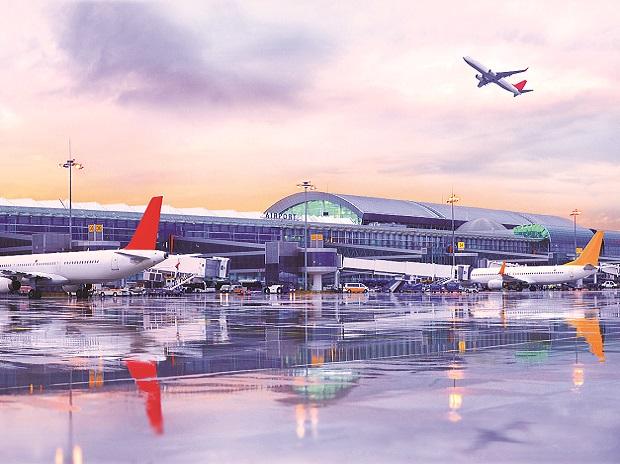The article shows detail understanding of Centralization & Decentralization, Span of control, Formalization in Management.
Centralization & Decentralization, Span of Control, Formalization in Management
Centralization: The process of transferring and assigning decision-making authority to higher levels of an organizational hierarchy. In a centralized organization, the decision-making has been moved to higher levels or tiers of the organization, such as a head office, or a corporate center.
The degree to which decision-making power is centralized inside an organization at higher levels is known as centralization. Many significant choices are taken at higher levels of the hierarchy in centralized organizations, whereas in decentralized organizations, individuals who are closest to the issue at hand make decisions and address problems at lower levels.
Where would you feel most at ease and effective as an employee? You are not alone if you answered “decentralized.” Lower-level employees feel more empowered in decentralized organizations because they have greater authority. Decisions may be made more swiftly, and workers frequently think that more procedural justice is offered by decentralized businesses. Decentralized companies are more likely to draw in job seekers.
For many businesses, striking the correct balance between centralization and decentralization may be difficult. One of the biggest initiatives implemented by previous CEO Bob Nardelli at the Home Depot, the massive retail chain with over 2,000 locations in the US, Canada, Mexico, and China, was to centralize the majority of its operations. Before Nardelli took over in 2000, store managers at Home Depot had considerable autonomy in making choices, and each location fostered an entrepreneurial spirit. The corporation originally saved a great deal of money because to Nardelli’s modifications. For instance, centralizing buying procedures allowed the business to obtain significant supplier discounts, which resulted in significant cost reductions for a firm of that scale.
A certain type of organizational structure known as decentralization occurs when intermediate and lower subordinates are given daily operations and decision-making authority by upper management. As a result, the upper management has more time to focus on making important decisions. Companies frequently feel that decentralization is necessary to maintain operational efficiency.
Decentralization: The process of transferring and assigning decision-making authority to lower levels of an organizational hierarchy. In a decentralized organization, the decision-making has been moved to lower levels or tiers of the organization, such as divisions, branches, departments or subsidiaries.
A certain type of organizational structure known as decentralization occurs when intermediate and lower subordinates are given daily operations and decision-making authority by upper management. As a result, the upper management has more time to focus on making important decisions. Companies frequently feel that decentralization is necessary to maintain operational eDfficiency.
Decentralization in management refers to the systematic distribution of power throughout the various tiers of an organization’s management structure. It explains how decision-making authority is distributed across the different organizational levels. Put differently, it describes the distribution of authority, duties, and responsibilities away from the focal point.
Also Read:
The span of control: Span of control is the term now used more commonly in business management, particularly human resource management. Span of control refers to the number of subordinates a supervisor has.
In a typical company, one CEO may successfully oversee between six and eight people. On the other hand, an executive can oversee 20 to 30 when the duties are regular. An executive with a short span of time may have a tendency to over-supervise and even lead by example. If the executive’s spread is wide, he might not be able to adequately monitor his subordinates, which could lead to them being negligent or feeling abandoned.
Formalization: Formalization is the process of creating a formalized structure and includes the maintenance of that formal structure over time. Formalization of an organizational structure is commonly initiated in an attempt to rationalize the decision-making process.
The degree of writing and clear articulation that goes into an organization’s rules, job descriptions, policies, and processes is known as formalization. Organizations that have a lot of written rules and regulations are considered formalized. Employees are aware that they should consult a handbook or a process guideline if an issue occurs at work. Because of this, workers react to issues in a comparable manner throughout the company, which promotes behavioral consistency.
Workers who are accustomed to a particular way of functioning may actually be less inventive when there is a significant degree of formalization in place. In reality, these kinds of organizations frequently save their ability to make strategic decisions for times of crisis. The service sector is especially vulnerable to issues brought on by excessive formalization. There are situations when staff members who are listening to a customer’s concerns may need to take action, yet the solution might not be found in any manuals or procedural instructions.
For instance, while a small number of airlines, like Southwest, excel at giving their staff the authority to address complaints, lower-level employees often lack this authority and are restricted by policies that specify the range of appropriate answers.


